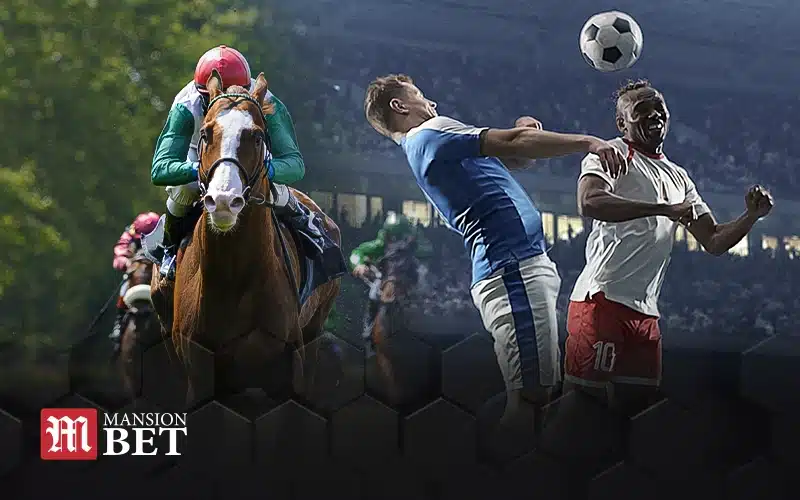By its own definition Royal Ascot is a race meeting set aside from the rest by sartorial elegance. The action on the track is matched by the glamour and style on show in the various enclosures.
Fashion is intrinsically linked with Royal Ascot. The routine presence of Her Majesty The Queen ensures the Royal Parade each day is a must-see event.
Of course, being Royal Ascot, it’s not as simple as ‘dress to impress’ and off you go; the fashion rules at the meeting are notoriously strict and the guidelines have to be followed.
Here’s our look at the dos and don’ts of dressing for the world’s most fashionable race meeting.
There are four enclosures at Royal Ascot – the Royal Enclosure, the Queen Anne Enclosure, the Village Enclosure and the Windsor Enclosure (this is the only enclosure where a dress code policy is not enforced).
Royal Enclosure
If you are going to be mixing it with the Royals, you’ll certainly have to be tailored to a high standard. This is the most exclusive enclosure and ladies must wear a dress or skirt of ‘modest length’, which means falling just above the knee or below.
Dresses and tops must have straps of at least one-inch thickness, while full-length trouser/jump suits are permitted. Hats must be worn, with a solid base of four inches (10cm) or more in diameter being required. Fascinators are not permitted in the Royal Enclosure.
For the gents, it is more straightforward. Black, grey or navy morning dress is demanded, with waistcoat and tie (though not a cravat or bow-tie), top hat and black shoes with socks. The top hat must be worn at all times, bar when dining or entering a private hospitality box.
Queen Anne Enclosure
Slightly less rigid, but still with a clear and enforced code, ladies within the Queen Anne Enclosure are required to dress in a manner as befits a formal occasion. A hat, headpiece or fascinator should be worn at all times, while strapless dresses are on the banned list. For the avoidance of any doubt, Royal Ascot confirms strapless to mean off-the-shoulder, Bardot or one-shoulder. Exposed midriffs are not allowed.
A slight easing for the gents here, though a full-length suit with a collared shirt and tie is mandatory. Jackets and trousers should be of matching colour and pattern and, pointedly, socks must cover the ankle.
Village Enclosure
Formal dress is again the way to go for ladies in the Village Enclosure, with the requirements on attire essentially matching the Queen Anne. Dresses and tops with sheer straps and sleeves are still on the list of fashion no-no’s in this enclosure.
Similarly with gents, full-length suits are mandatory here; though things are relaxed slightly as bow ties or cravats may also be worn as an alternative to ties.
Windsor Enclosure
Ascot does not have an official dress code for the Windsor Enclosure, though the racecourse does remind its patrons that ladies and gentlemen are encouraged to dress in smart daywear for their visit. A hat or fascinator is recommended for ladies, while gents are kindly requested to wear a jacket, collared shirt and full-length trousers.
Further to guidelines for each enclosure, overseas visitors are allowed to wear the formal National Dress of their country or Service Dress, and Service military personnel may wear their Service Dress ‘or equivalent’; while there is also an independent set of guidelines relating to Scottish National Dress for those eager to attend the Royal Meeting in kilt and associated attire.
There’s nothing quite like the fashion experience at Royal Ascot. While trainers spend the spring getting their thoroughbreds fit enough to do themselves justice on the race track; an equal amount of time can be spent by those hoping to strike a chord in the fashion stakes in the British summer sunshine.

